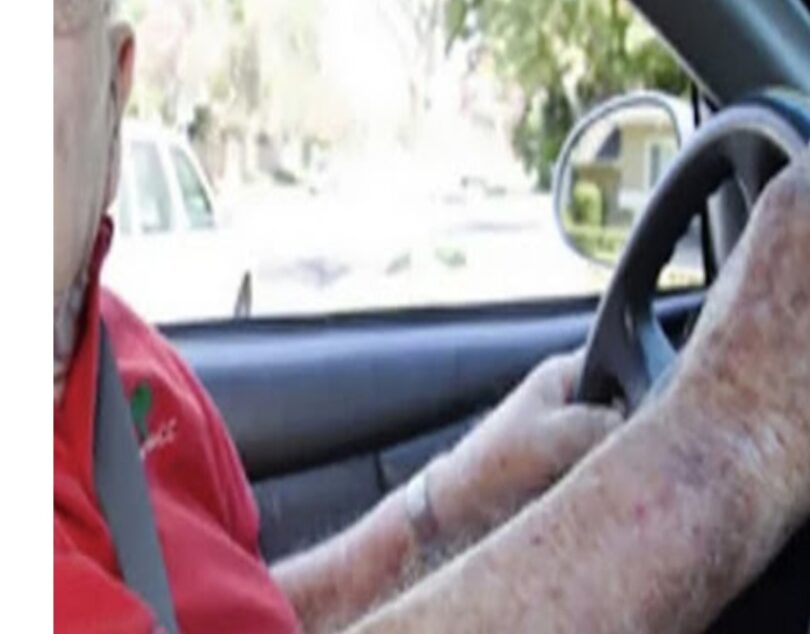As our population ages, an important question is coming to the forefront of road safety discussions: Are older drivers still fit to get behind the wheel? And more critically, should they be required to take driving tests again, much like retaking an exam to prove competence? While age, by itself, is not a reliable measure of one’s driving ability, there are certain signs and methods that suggest caution—and even intervention—may be necessary.
THE REAL ISSUE: AGE VS. ABILITY
Let’s make one thing clear: not all senior drivers are dangerous, nor should they be treated as such. In fact, many older adults are among the most careful drivers on the road. They tend to drive slower, avoid risky conditions like nighttime or highway driving, and are generally more experienced. However, aging brings natural physical and cognitive changes that can impact driving ability, including:
• Slower reaction times
• Decreased vision or hearing
• Limited mobility or joint stiffness
• Memory problems or early cognitive decline
These factors don’t automatically make someone unfit to drive, but they do raise the question: how do we know when it’s time to reassess driving skills?
Should Seniors Be Retested?
Retesting older drivers isn’t about punishment—it’s about proactive safety. Just as pilots, doctors, and other professionals undergo periodic evaluations, it’s reasonable to suggest that drivers responsible for their lives and others on the road might need to do the same.
Some countries have already taken steps in this direction:
• United Kingdom: Drivers over 70 must renew their license every three years and self-certify their fitness.
• Australia and Canada: Some provinces require mandatory vision or medical tests for seniors.
• Japan: Introduced cognitive tests and even promotes voluntary license surrender with incentives.
• EU Proposal: Suggested drivers over 70 be tested every five years to renew their licenses.
The goal is not to strip away independence but to create a safe, fair, and individualized approach that respects aging drivers while protecting public safety.
What Could the Testing Process Look Like?
A fair retesting method for elderly drivers should be flexible, respectful, and evidence-based. Here’s a possible multi-step approach:
1. Initial Screening
Once a driver reaches a certain age (e.g., 70 or 75), they could undergo a simple screening at license renewal that checks:
• Vision and hearing
• Reaction time
• Basic cognitive functioning
These assessments could be done in clinics, through driving agencies, or even via online tools.
2. Medical Evaluation (If Needed)
If a screening raises concerns, a more in-depth medical evaluation could follow. Doctors would assess conditions like arthritis, Parkinson’s, dementia, or medication side effects that may affect driving.
3. On-Road Driving Test
For those showing notable risks, an actual driving test could be required to observe real-world driving behavior in various conditions.
4. Refresher Courses
Even for those who pass, optional refresher driving courses can be offered to update knowledge about current traffic laws and improve confidence behind the wheel.
Signs That Might Indicate a Problem
Family members, doctors, or the drivers themselves should watch for red flags such as:
• Frequent close calls or minor accidents
• Getting lost on familiar roads
• Trouble reading signs or following directions
• Difficulty turning head or staying in lane
• Complaints from passengers or other drivers
If these signs appear, a conversation about driving ability is not only necessary—it could save lives.
Balancing Independence and Safety
Driving represents freedom, especially for older adults. It allows them to stay connected, run errands, and maintain a sense of control over their lives. That’s why any policy must balance independence with responsibility.
Governments can also help by:
• Improving public transportation
• Supporting ride-share options for seniors
• Offering community-based transportation services
Final Thoughts
The idea of retesting older drivers isn’t about targeting age—it’s about recognizing the responsibility that comes with the privilege to drive. Age isn’t everything, but being alert to physical and cognitive changes is essential.
By using thoughtful, respectful methods—backed by science and compassion—we can make roads safer for everyone while preserving the dignity and freedom of our aging population.
Enjoy !







